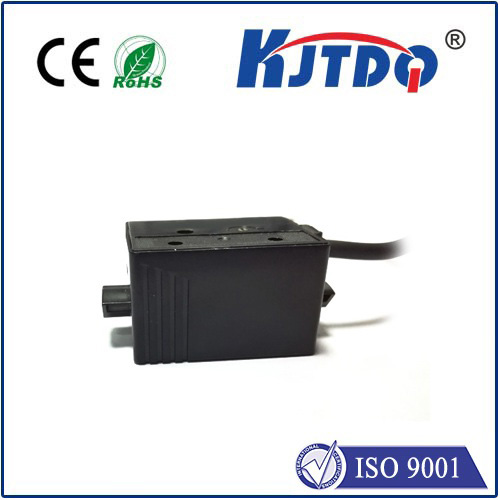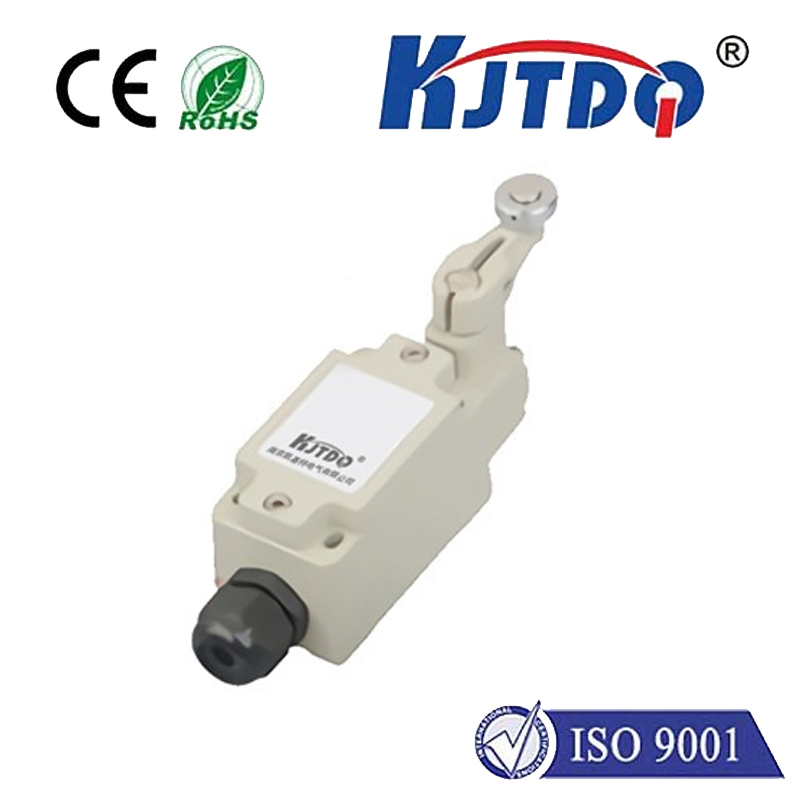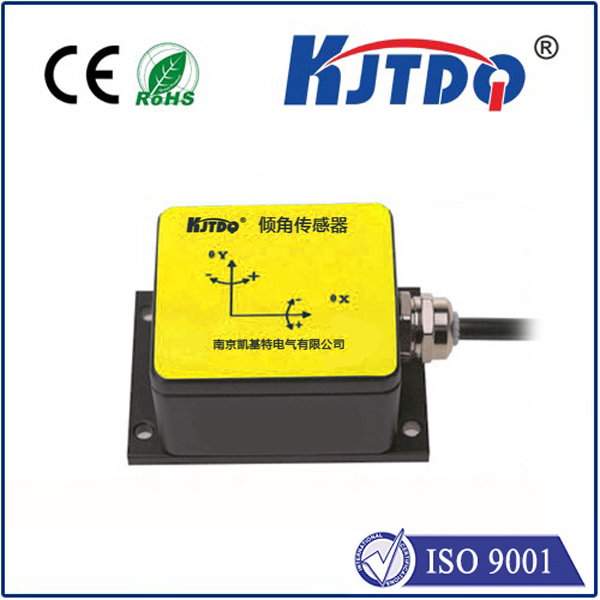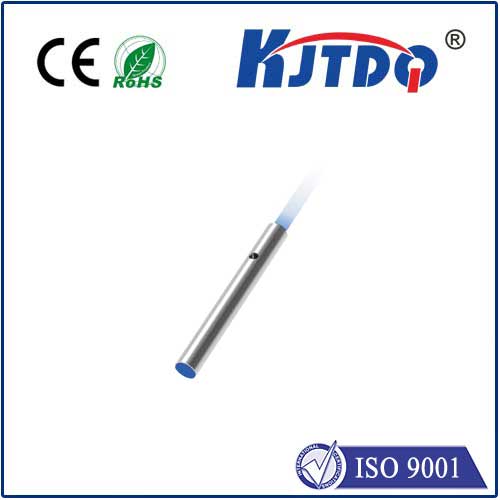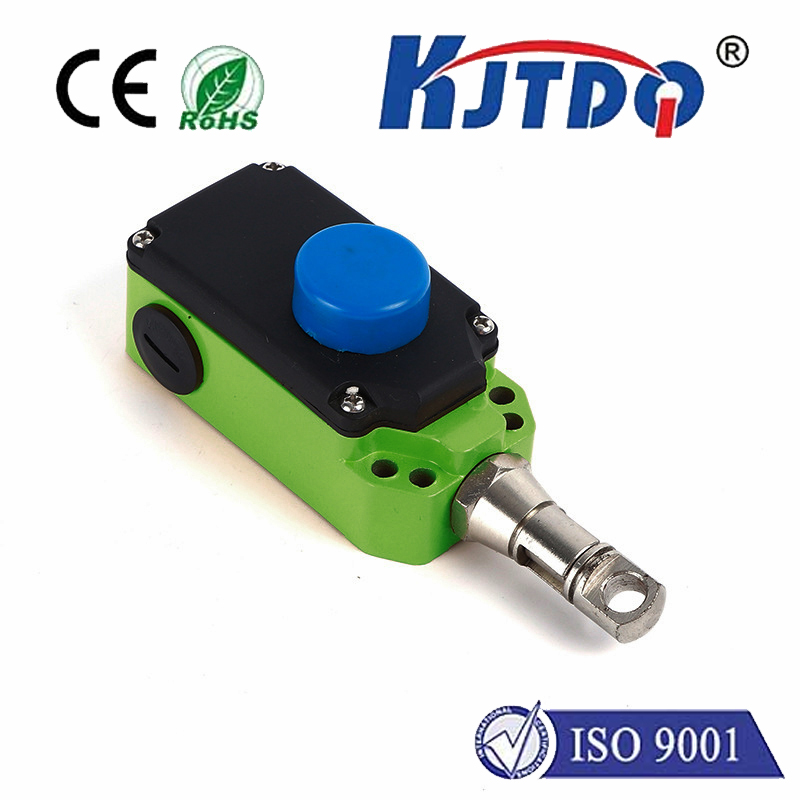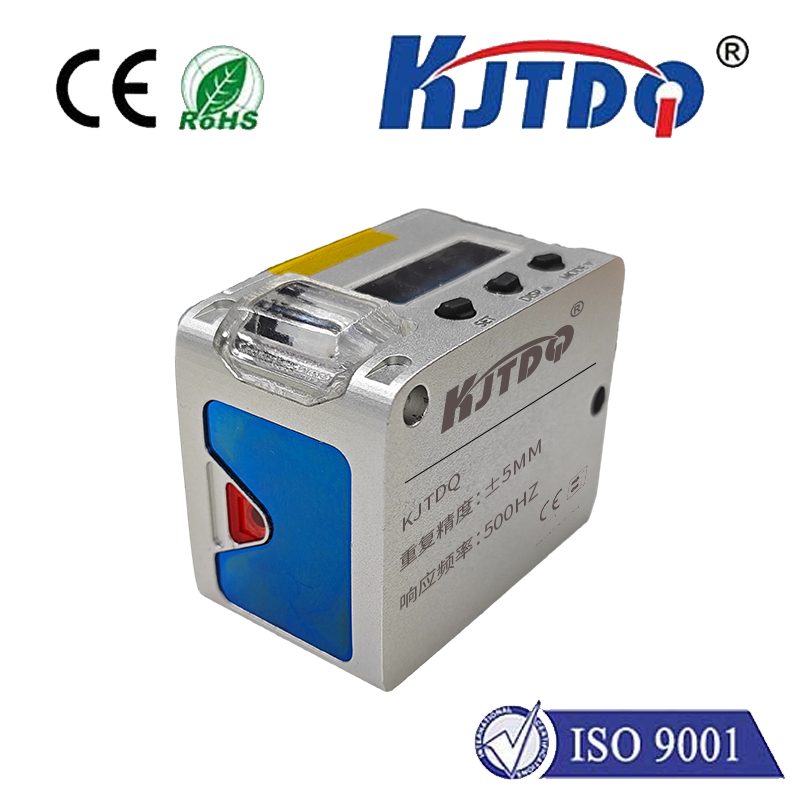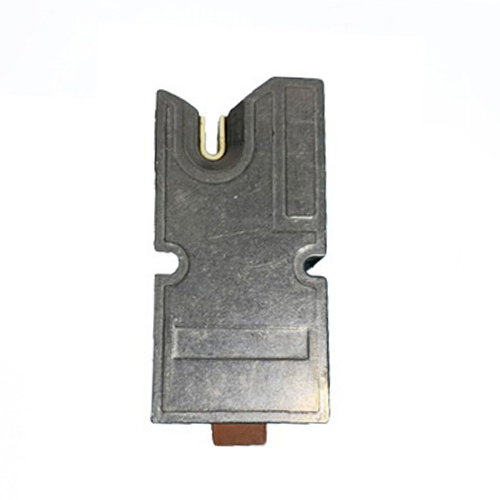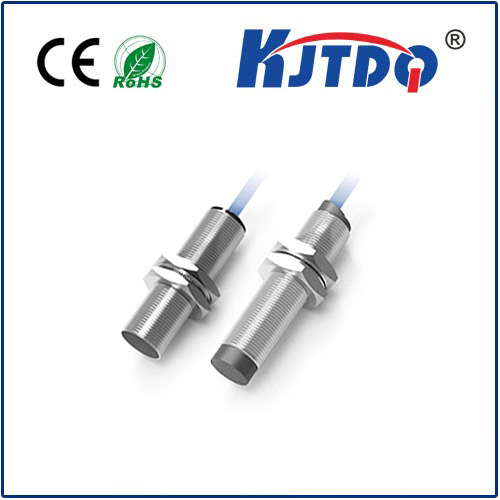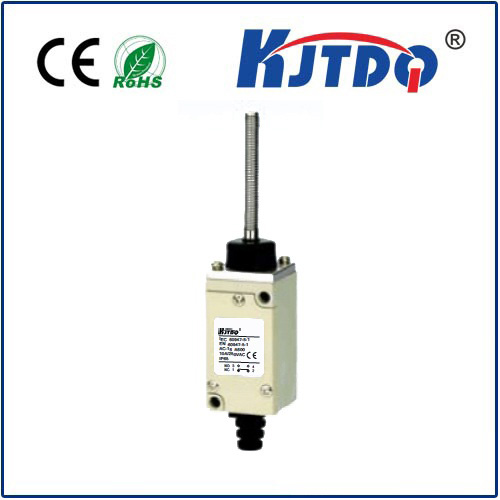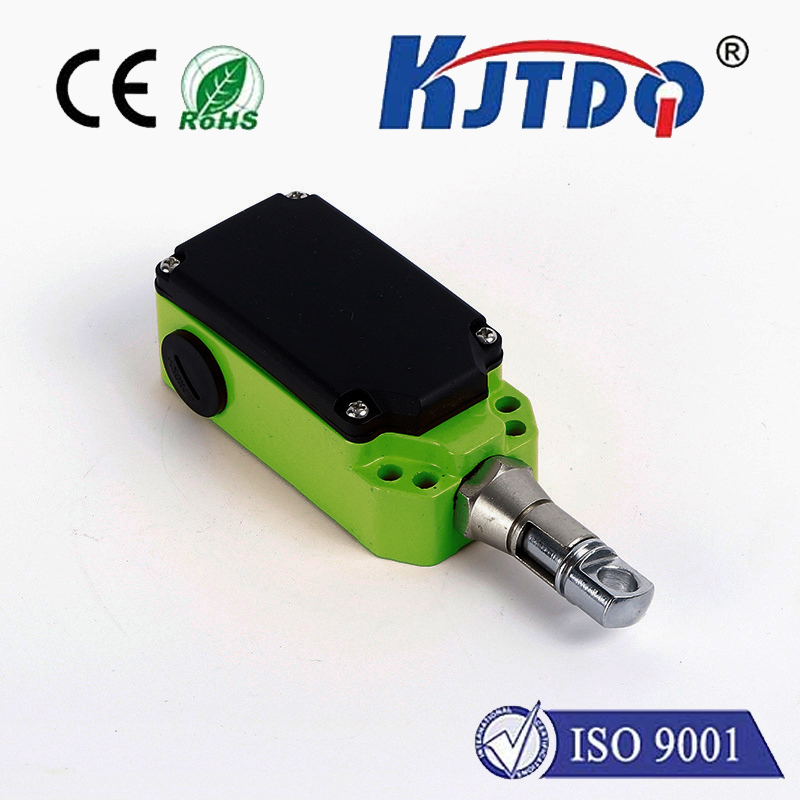

check

check

check

check

check

check

check

check

check

check
Forget the sleek, countersunk designs dominating factory floors. Sometimes, you need a sensor that stands proud. Non flush proximity sensors are the workhorses that break free from the limitations of their flush-mounted cousins, offering crucial advantages in situations demanding extended reach, specialized detection capabilities, or adaptation to challenging materials. If your application involves recessed targets, larger sensing gaps, or unconventional metals, understanding the distinct power of non flush mounting is essential.
Decoding “Non Flush Mount”
Unlike their flush-mount counterparts designed to sit perfectly level (flush) within a metal mounting bracket, non flush proximity sensors protrude beyond their mounting surface. This seemingly simple physical distinction has profound implications for their electromagnetic field and performance characteristics. The absence of the metal bracket shielding the sensor face allows its electromagnetic field to project further outward, unimpeded.
The Core Advantage: Extended Sensing Ranges
This unshielded coil design is the key differentiator. While a flush-mount sensor might offer a sensing range (Sn) of a few millimeters (e.g., 2mm for an M18 sensor), a comparable non flush proximity sensor could achieve ranges of 5mm, 8mm, or even more. This longer sensing distance opens doors to applications where:
Enhanced Detection of Challenging Materials

The extended field projection also gives non flush sensors a unique edge when dealing with difficult-to-detect materials. While flush sensors excel with mild steel, non flush types often perform better on:
Mounting Flexibility: A Hidden Strength
While flush sensors require careful installation to ensure the shielded face interacts correctly with the target, non flush sensors offer greater mounting tolerance. They are less sensitive to variations in lateral or angular misalignment relative to the target. This flexibility simplifies installation and can improve reliability in environments prone to vibration or minor mounting shifts.
Where Non Flush Proximity Sensors Shine: Applications
The combination of longer range, materials flexibility, and mounting tolerance makes non flush sensors indispensable in numerous industrial scenarios:
Choosing Wisely: Non Flush vs. Flush Mount
Selecting the right sensor type is critical for optimal performance:
Mounting Considerations for Non Flush Sensors
Optimizing Performance: Calibration and Materials
Leverage manufacturer datasheets. They provide critical specifications like:
Beyond the Basics: Leveraging the Power
Non flush proximity sensors are not merely an alternative; they are a solution for a distinct set of engineering challenges. By understanding their core principles – the unshielded coil enabling longer range, superior detection of challenging metals, and enhanced mounting flexibility – you unlock capabilities unavailable with flush designs. Whether it’s reaching into a deep cavity, reliably sensing an aluminum component on a high-speed line, or accommodating unavoidable misalignment, the non flush proximity sensor stands out as a vital tool for overcoming detection obstacles and optimizing industrial automation. The next time a detection challenge arises demanding extra reach or material flexibility, remember the power of the sensor designed to project its capabilities.
